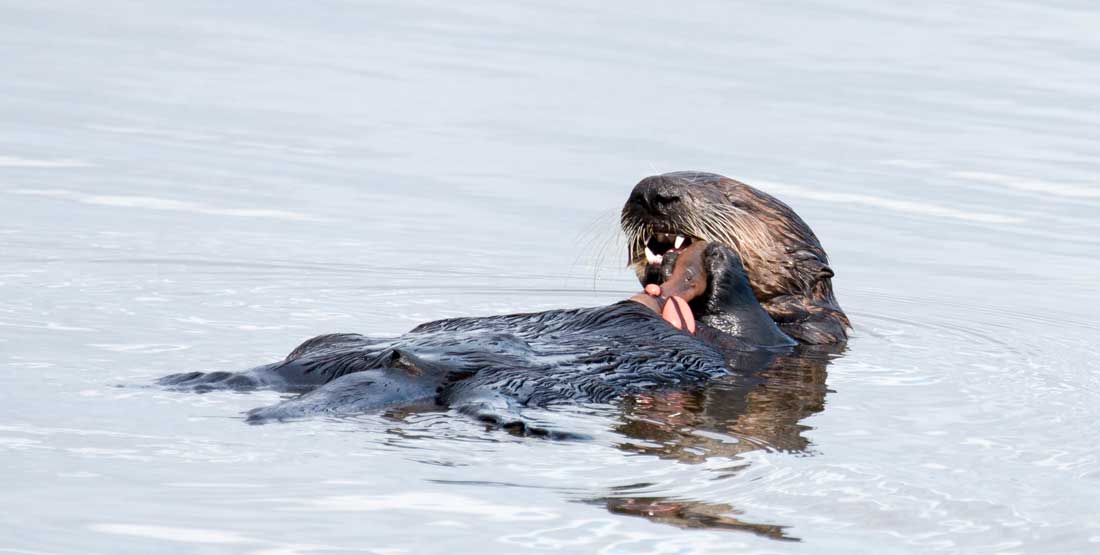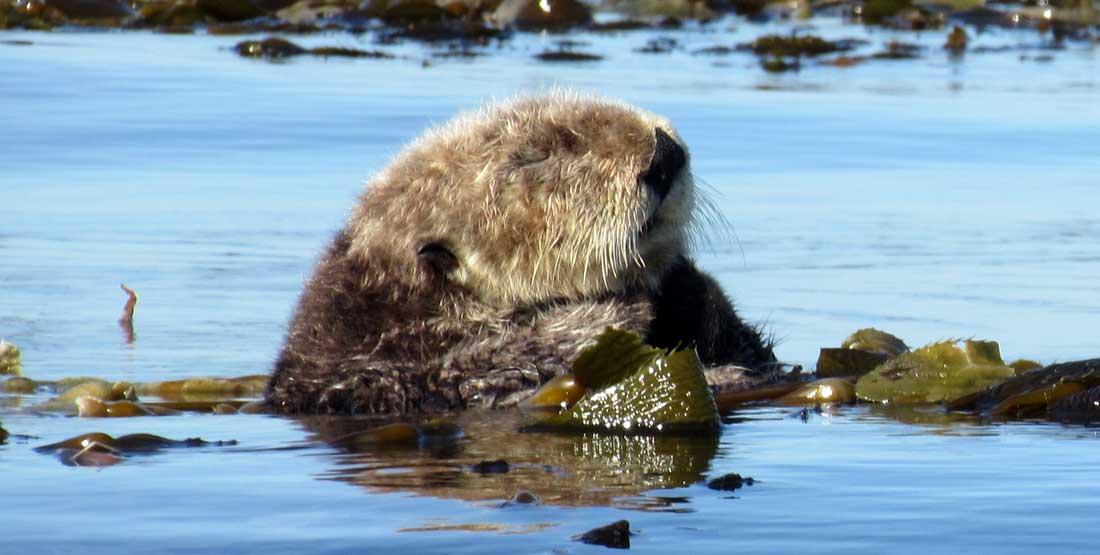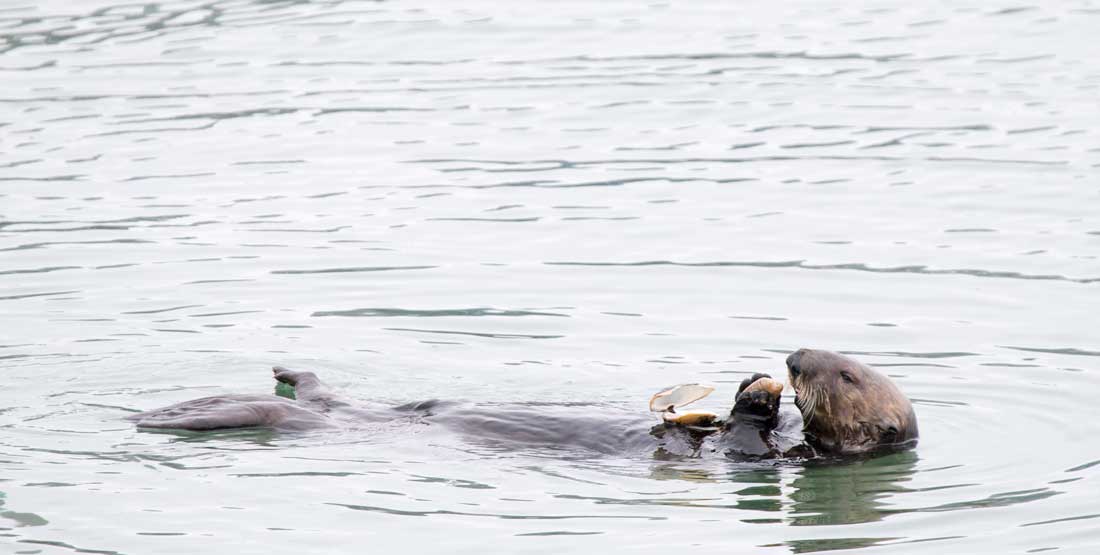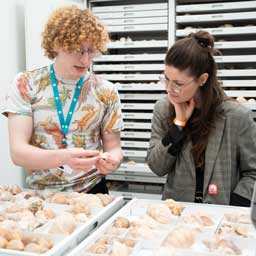Sea otters use tools to break open prey.
Researchers from University of California, Santa Cruz, Monterey Bay Aquarium, and elsewhere, and their volunteer “otter spotters” followed 196 radio-tagged southern sea otters off the coast of California to better understand how the threatened species uses tools in a rapidly changing environment.
The team monitored how the marine mammals used tools — such as rocks, shells, and trash — to break open prey and identified links to the animals’ dietary patterns and dental health.
In the southern sea otter’s range of coastal Central California, access to some of the preferred prey, such as large abalone and sea urchins, is not difficult. However, these food resources dwindle or disappear in many areas. This leads otters to prey more often on crabs, clams, mussels, and small marine snails, whose hard shells can damage teeth in the process of prying them open.
“Sea otters vary in how often they use tools,” said Law, who led the study while a graduate student at UC Santa Cruz. “Our research shows that female otters are more likely to use tools and, in the study, those that did were able to access harder or larger prey than otters that did not use tools.”
Thus, tool use allows otters, especially females, to maintain energetic requirements by eating alternative prey that are typically inaccessible with biting alone.
Female otters use tools more often than males.
Female otters are likely doing so to overcome their smaller body size and weaker biting ability. Raising pups takes a lot of energy, and the females need to be efficient in their foraging. Using tools helps individual otters meet their caloric needs by branching out into different types of prey. The study found female otters had less tooth damage than male otters did.
In fact, females were able to consume prey that were up to 35% harder compared with that of males that used tools.
Female dolphins, chimps, and bonobos are also known to use tools more than their male counterparts, probably for the same reasons. In these species, females tend to raise offspring, and they are often the ones that pass down tool-use behavior to offspring.
Listed as a threatened species under the U.S. Endangered Species Act, southern sea otters number only about 3,000 in California, where they play a critical role in marine ecosystems preying on sea urchins that feed on kelp forests.
Study Researchers
Rita Mehta and Tim Tinker of the University of California, Santa Cruz; Jessica Fujii, Teri Nicholson and Michelle Staedler with the Monterey Bay Aquarium; Joseph Tomoleoni of the U.S. Geological Survey; and Colleen Young of the California Department of Fish and Wildlife were also authors on the paper. Chris Law is also an Early Career Provost Fellow with the University of Texas.
The research was funded by the U.S. National Science Foundation, Packard Foundation, Coastal Conservancy, U.S. Fish and Wildlife Service, Pacific Gas & Electric and Bureau of Ocean Energy Management.
 This study, published in
This study, published in 



